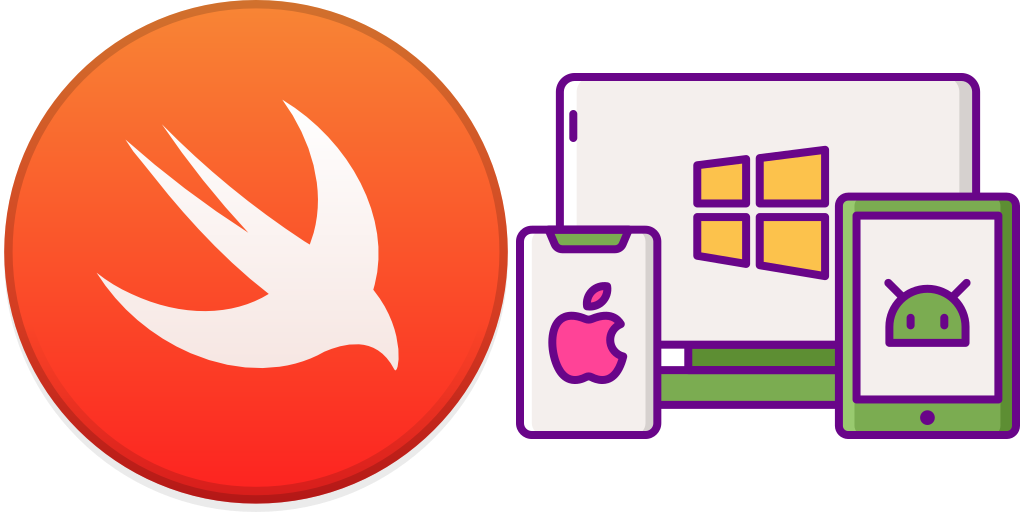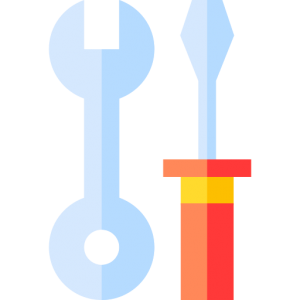
Native App Development and Its Advantages
While cross-platform mobile development has become a trend when it comes to making apps, people still ask us regularly when it is worth getting an app developed natively. The fact is, you can get adequate results with cross-platform development tools in many instances. However, for a more optimal user experience and easier maintenance, there are important reasons to consider native app development.

In this post, we’ll cover the major reasons about when and why it’s important to develop an app natively. Additionally, we'll talk about why you should have a specialist to help build or port the app to a new platform. Moreover we'll discuss:
- The Different Methods of Developing An App
- When Cross-Platform Might Be The Right Toolset
- User Experience and Native App Development
- Performance and Native App Development
- Maintainability and Native App Development
A Couple of Points on Terms...
While you’re probably used to seeing many of these terms thrown around a lot, let's define them more clearly.
Native code (i.e. Swift or Objective-C)
In software development, when we refer to native we are talking about using the programming language and toolset that's been designed for the device hardware. As an example, iPhone apps are meant to built using Xcode and coded in either Swift or Objective-C as designated by Apple.
Cross-Platform
Cross-platform development is an alternative method for building apps. Typically, the development team will bring their existing knowledge thereby reducing the friction of developing features for multiple platforms (i.e. Android and iOS). For example, let's say you need develop a shopping cart feature. Rather than writing in Swift for iPhone and then Kotlin or Java for Android, you can use one toolset for the same feature for both platforms. Typically, this is done by writing the code in a single language. The toolset then transforms the code into the native language of the platform. If needed, the toolset will provide additional frameworks so it can run on each supported platform (i.e. Android or iOS).
This post is primarily about why you should write your app’s code natively. Likewise, If you are going to go build for multiple platforms, we'll discuss why investing in having the multiple code bases is important. As well as why it delivers the best experience possible.
Who this article isn’t for
There are many advantages to building an app in the native code of a platform, but before we get to them, we need to be clear we are assuming you are investing the time and effort to produce a high-quality app for your customers or clients with at least technically complex features that you plan to maintain for a long time.
If what you’re looking for is more of a budget-limited app that’s just for recording a grocery list or a minimum viable product for multiple platforms, then you’re unlikely to find this article helpful —the time, effort, and cost to code a native app isn’t going to be anywhere close to the value you’re going to get out of it.
What Makes Native App Development So Great?
There are a number of advantages to building an app in the native code of a platform, that can be broken down into three areas: User Experience, Performance, and Maintainability.
NOTE: At Bright Digit, we specialize in software development for Apple/iOS, so throughout this article, we’ll often provide examples using iOS as an example. However, with perhaps a couple of exceptions, the principles we cover here apply equally in the context of Android or any other device platform.

Native User Experience
If you’re part of a brand or company investing in creating a great app for your customers to use, than you want the best user experience possible. What this means can vary a little depending on whom you’re talking to, but can be usually be boiled down to two key elements:
- It is easy for the customer to use – the customer can get the desired result they want from using the app in a way that is intuitive and doesn’t require much, if any, complex actions.
- It is pleasing to use – it is aesthetically attractive, consistent with the app’s brand, and makes some effort to affirm the user’s choices and actions on the app.
When you code your app natively, it should come as no surprise that it is relatively easy to deliver a great user experience: you are working in a format that your device directly understands, so you can make full use of the platform’s features and strengths. You don’t need to go through any additional steps to create a user interface that looks natural and meshes perfectly with the device it is being used on.
Guidelines, Conventions, and Expectations
It also plays into user expectations: using iOS as an example, since most iPhone users know what a great app experience is like on their phone, you can meet that expectation, using the tools provided by Apple to build features using designs that are familiar and comfortable for them to use.
This is an important consideration, especially for those that might be thinking, that by developing a cross-platform app, they want a pixel-perfect identical experience on all devices – this can be a bad idea. iOS and Android users have different expectations about what a great user experience is for their device. Each platform (including macOS, Windows, etc..) has established expectations and UI guidelines about how certain features work and how certain design elements appear. Google has put out their design guide known commonly as Material Design and Apple has human interface guidelines for their platforms as well.
If you use a cross-platform tool to design an identical user interface on both platforms, the result is likely to be the application won’t look quite right on one or all devices. If you try to duplicate a feature from one platform onto one that doesn’t have that functionality, this could present bugs or unexpected behavior in the app, which leads to the next area...

Performance
An issue with cross-platform apps that are written in a non-native language is they require interpreters or some other kind of assistance in translating the code they are written into one the device understands.
Much like the real-life analogy of two people speaking with the aid of a human translator, this slows down communication. When one person says something, the interpreter takes a moment to think about what has been said, and then communicates that message in the native language of the other. Additionally, there may be limitations to what can be said if one language has a word for something that the other language does not (as a human language example, Finnish famously has no word for the English ‘please’ as in ‘please and thank you’). Computers and smartphones have these same limits to their languages, a result of the needs and limitations of their human creators.
When you code an app natively, these kinds of complications and limitations on performance are essentially a non-issue. It should also mean you will have cleaner code for your app that is easier to read and more consistent, both of which are important when considering...

Native App Maintainability
If you’re building an app that you plan to maintain for your customers for years, you ideally want make it relatively easy and cheap to maintain the code. When your app is written in native code, maintenance is simply easier to do, because it usually requires less code and fewer or no dependencies (in software, a dependency is when one piece of software relies on another piece of software to work), resulting in more lightweight app software.
A natively developed app has the advantage of being written in one language that, provided it’s up-to-date, has access to any new features you want to add, as well as a consistent way to find and fix bugs. This is especially important if your app has a lot of complex functions, requires a lot of the platform’s resources, or needs to use a specific Application Programming Interface (API). It also makes it far less likely to have bugs or issues related to the device’s operating system, again because it is written in the same language.
As well, because, using Swift and the APIs provided by Apple (the manufacturer of the device you are developing for) means you are only dependent on that one source over the long term, as opposed to requiring many third-party sources to maintain ever-changing software and hardware, as well as the translator needed so everything can work together.
Ultimately, choosing to develop an app natively not only means it will be faster to get your app into the market sooner because it will generally take less time and have fewer problems, it will also likely make updates to your app simple and straightforward.
Is a native app what your business needs?
Ultimately, while there are reasons where a cross-platform app solution might be adequate for what you need, if you’re committed to deliver a high-quality user experience that can take advantage of a platform’s most powerful functions and is easy to maintain for years to come, a native app is probably your best choice. In the long term, they will deliver better value and be much less of a hassle to own and use.
At BrightDigit, we specialize in building native apps for iOS, usually written in Swift. We work with you to make you end up with an app that delights your customer, while being straightforward to build and maintain. If that sounds like the experience you want to have in developing a successful app, contact us on our contact page to let us know.